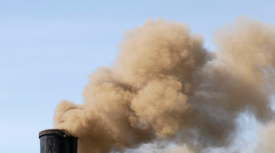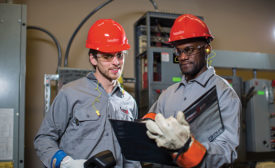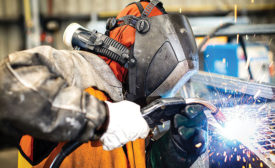Featured on Home Page
Want a sustainable safety culture?
Audit these 11 operational discipline essentials
August 23, 2018
NFPA 70E® provides a comprehensive & effective program
Spark safety improvements
August 20, 2018
Become a Leader in Safety Culture
Build your knowledge with ISHN, covering key safety, health and industrial hygiene news, products, and trends.
JOIN TODAYCopyright ©2025. All Rights Reserved BNP Media.
Design, CMS, Hosting & Web Development :: ePublishing







